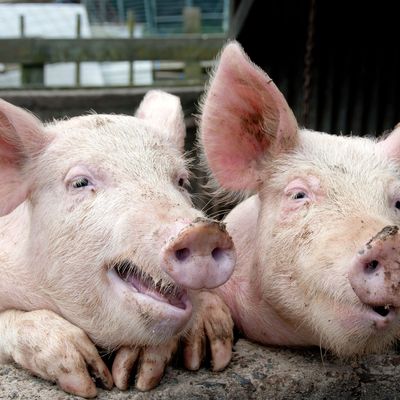
Yesterday, the Natural Resources Defense Council published an online report that asserts the Food and Drug Administration repeatedly acknowledged the potential for antibiotics used in animals to give rise to drug-resistant bacteria, beginning in 2001. The advocacy group, which obtained government documents through the Freedom of Information Act and litigation, reports that the FDA looked at feed additives containing penicillin and tetracycline used as growth-enhancers, or for so-called “subtherapeutic” purposes.
Eighteen of 30 such drugs used in poultry and livestock production were determined to pose a “high risk” to humans, the NRDC says, but the substances remain available. The FDA has now taken initial steps toward reducing antibiotic use throughout the food system. “NRDC’s report reveals that millions of pounds of antibiotics are being fed to livestock without meeting FDA’s modern, or even 40-year-old, safety standards,” writes Gail Hansen, an officer with the Pew Campaign on Human Health and Industrial Farming, in a statement e-mailed to the Salt.
Playing Chicken with Antibiotics [NRDC]
FDA Found Drugs Used In Food Animals To Be ‘High Risk’ [Salt/NPR]
Earlier: FDA Moves to Reduce Antibiotic Use in Farm Animals Raised for Meat:




